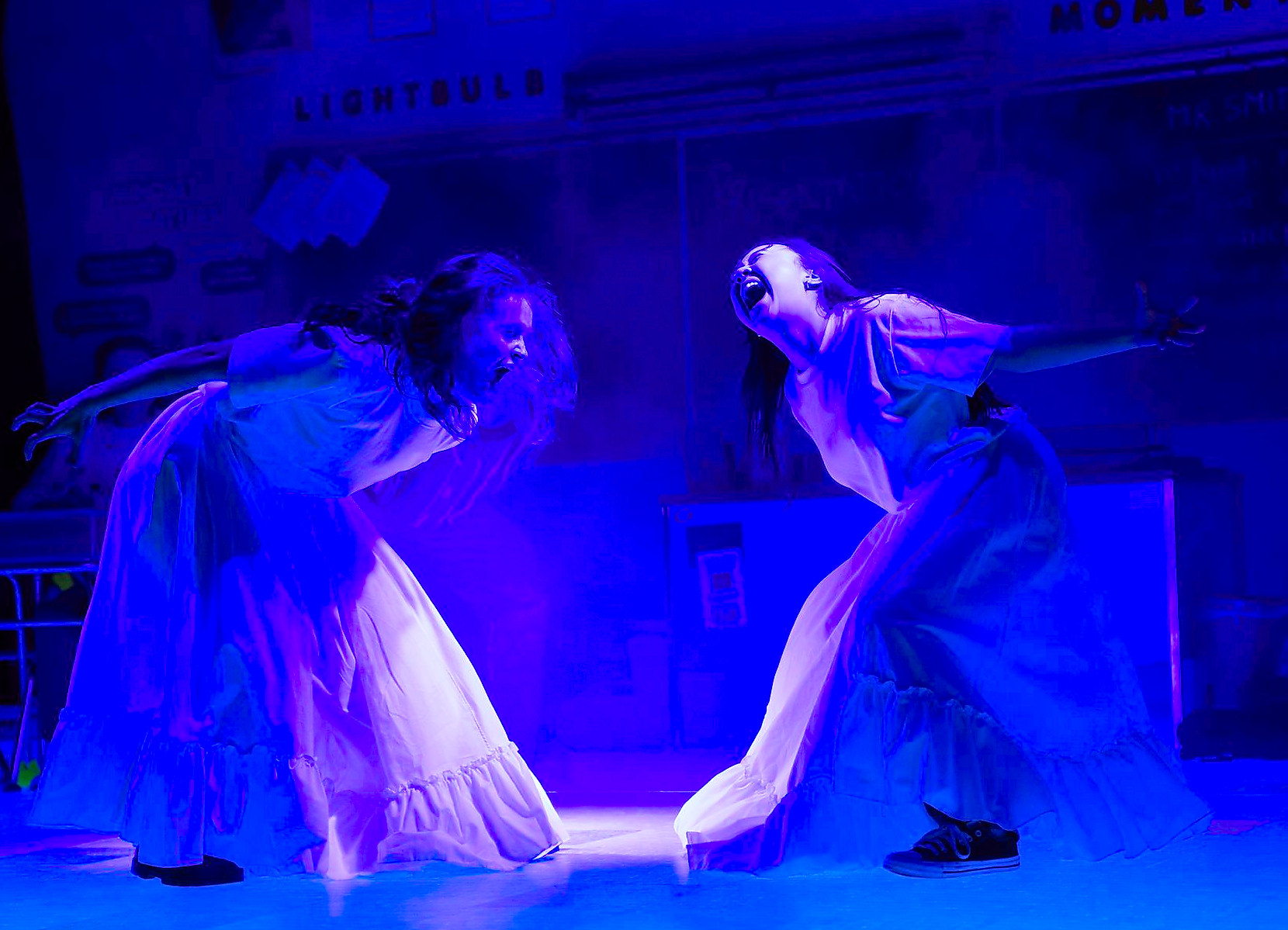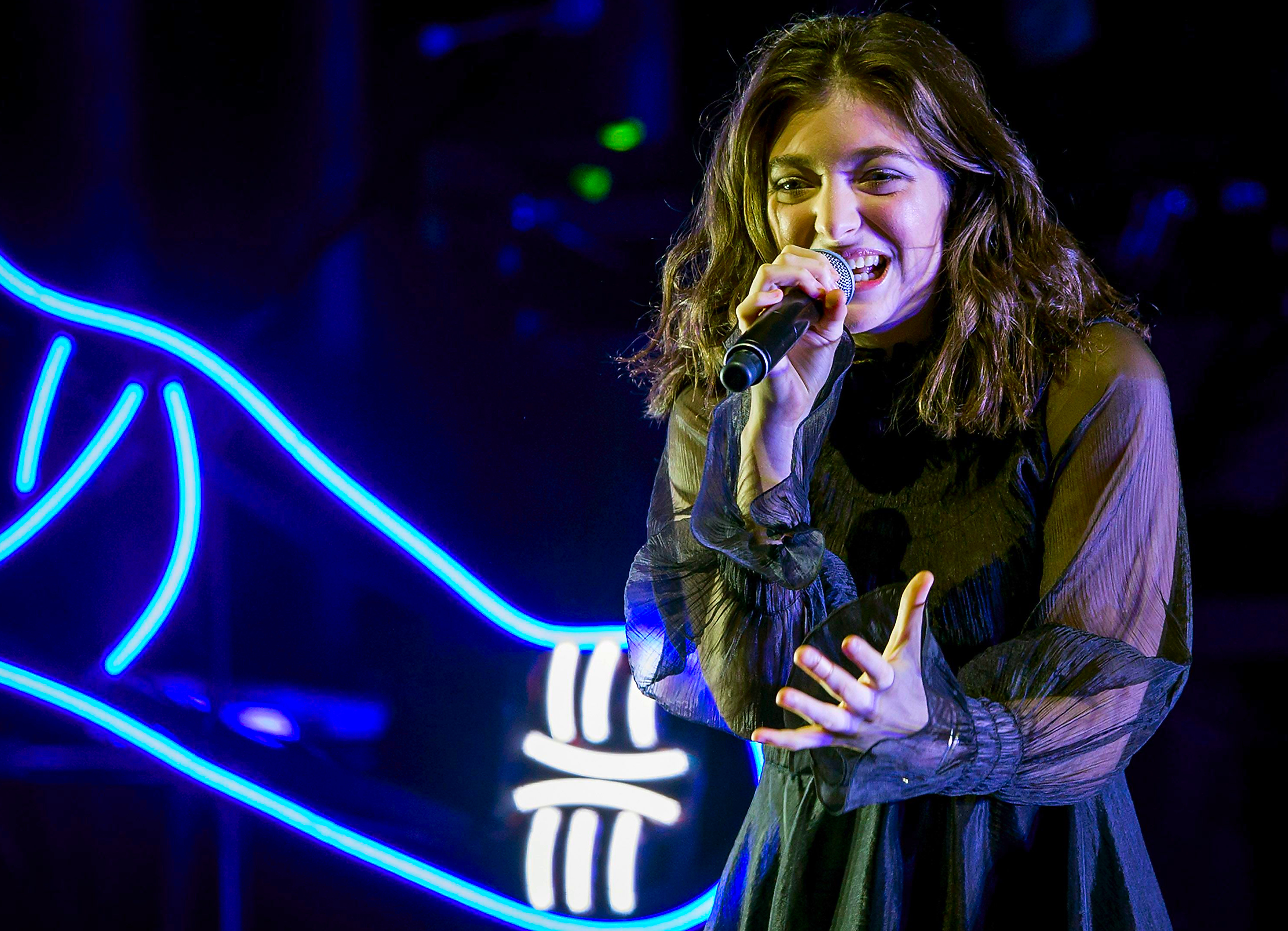Why Lorde’s “Green Light” Resonates as the Definitive Coming-of-Age Anthem
The critically acclaimed Broadway play, “John Proctor Is the Villain,” features a powerful scene set to Lorde’s “Green Light,” highlighting the song’s profound significance as a coming-of-age anthem, particularly for young women.
Initially, Lorde’s hit single depicts the raw pain of a broken relationship. The unconventional song structure and minor key amplify the emotional rawness, mirroring the chaotic nature of heartbreak. The feeling is akin to a shift in one’s perception of reality; familiar surroundings become alien, and the landscape of one’s own emotions undergoes a dramatic transformation.
However, the song’s pre-chorus marks a pivotal shift. The transition from minor to major key symbolizes a transformative moment. The lyrics, “But I hear sounds in my mind / brand new sounds in my mind,” encapsulate the feeling of renewal and creation. In less than a minute, the song charts a journey from despair to creative rebirth, culminating in an uplifting beat.
This creative process applies not only to artistic expression but also to personal growth. The pain of past experiences, while never entirely erased, becomes a catalyst for transformation, providing new tools and perspectives. Lorde’s song beautifully articulates this alchemic process of turning pain into power.
This journey of creation isn’t limited to artists; it’s a universal experience. We all shape our identities and navigate life’s challenges, often facing significant turning points during adolescence.
Released when Lorde was twenty, “Green Light,” the opening track of her album *Melodrama*, reflects the intensity and novelty of the teenage experience. Lorde herself described the song as capturing the duality of a heartbroken young woman—simultaneously joyful and devastated—perfectly encapsulating the emotional complexity of youth.
In “John Proctor Is the Villain,” the play culminates in a choreographed dance to “Green Light,” symbolizing rebellion and reclamation. The dance sequence, inspired by the witchcraft scenes in *The Crucible*, serves as a metaphor for the girls’ processing of trauma and finding joy amidst adversity. It’s a powerful blend of youthful energy, ancient symbolism, and personal empowerment.

The directorial note, “It starts to look less like a dance and more like an exorcism,” mirrors Lorde’s own powerful performances of the song. Her energetic movements in the music video and live shows represent uninhibited self-expression, bodily autonomy, and ritualistic release.

The lyrics’ raw honesty, particularly the lines “Did it frighten you? / How we kissed when we danced on the light-up floor?”, highlight the fearsome intensity of teenage girls’ emotions. This ferocious energy, often misconstrued, is a central theme of the song.
Ultimately, “Green Light” is more than just a song; it’s a testament to the transformative power of facing pain, finding strength in vulnerability, and celebrating the messy, beautiful journey of self-discovery.
